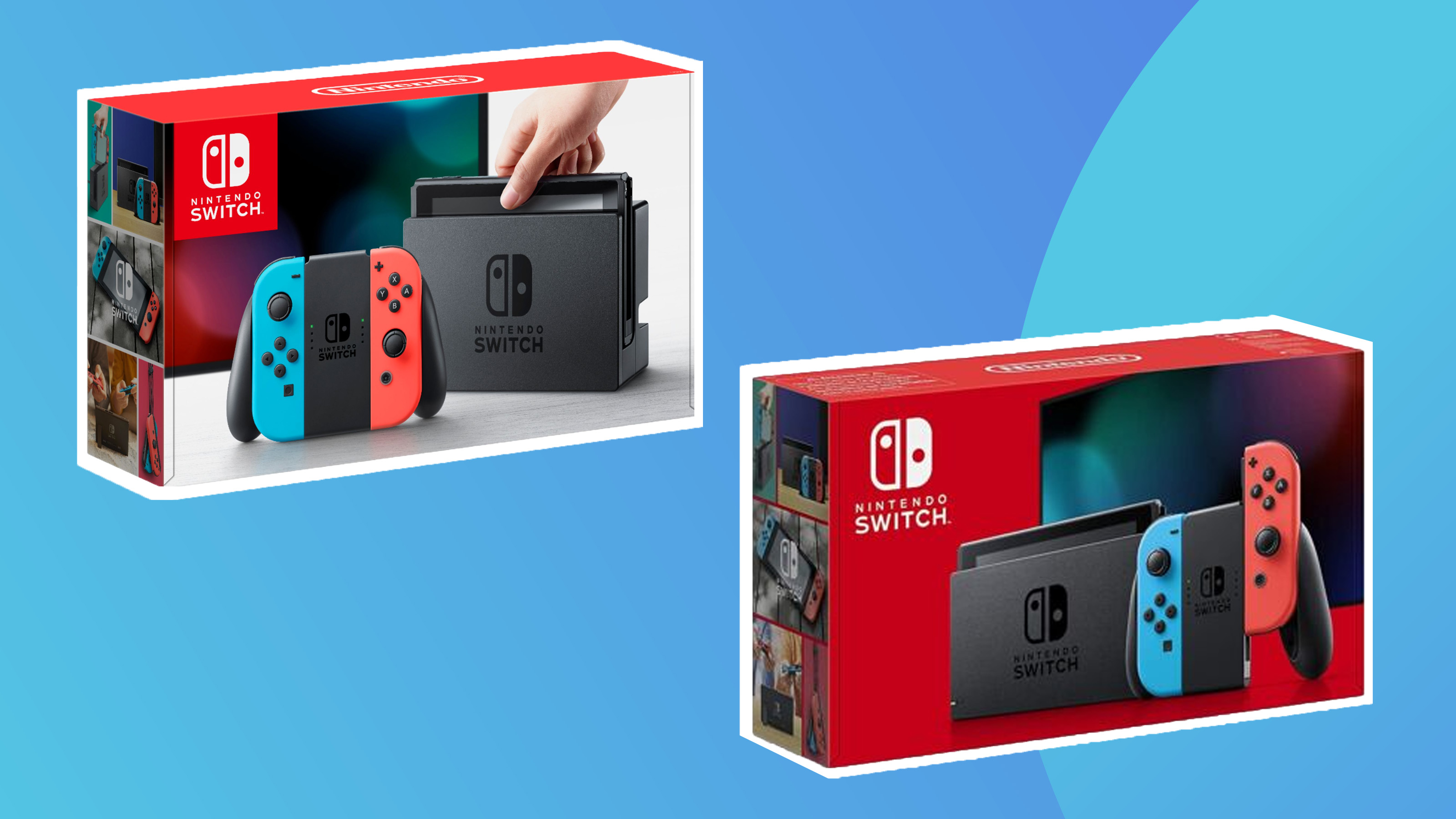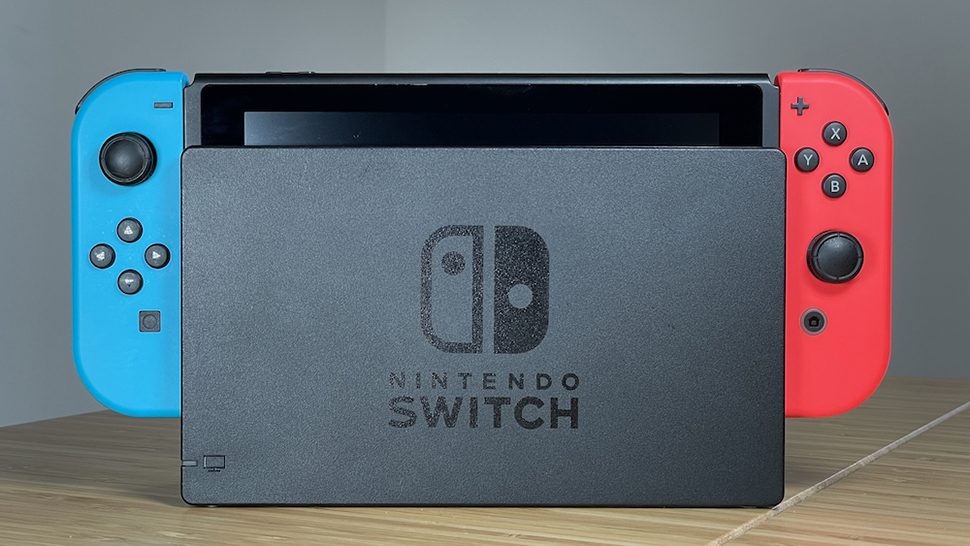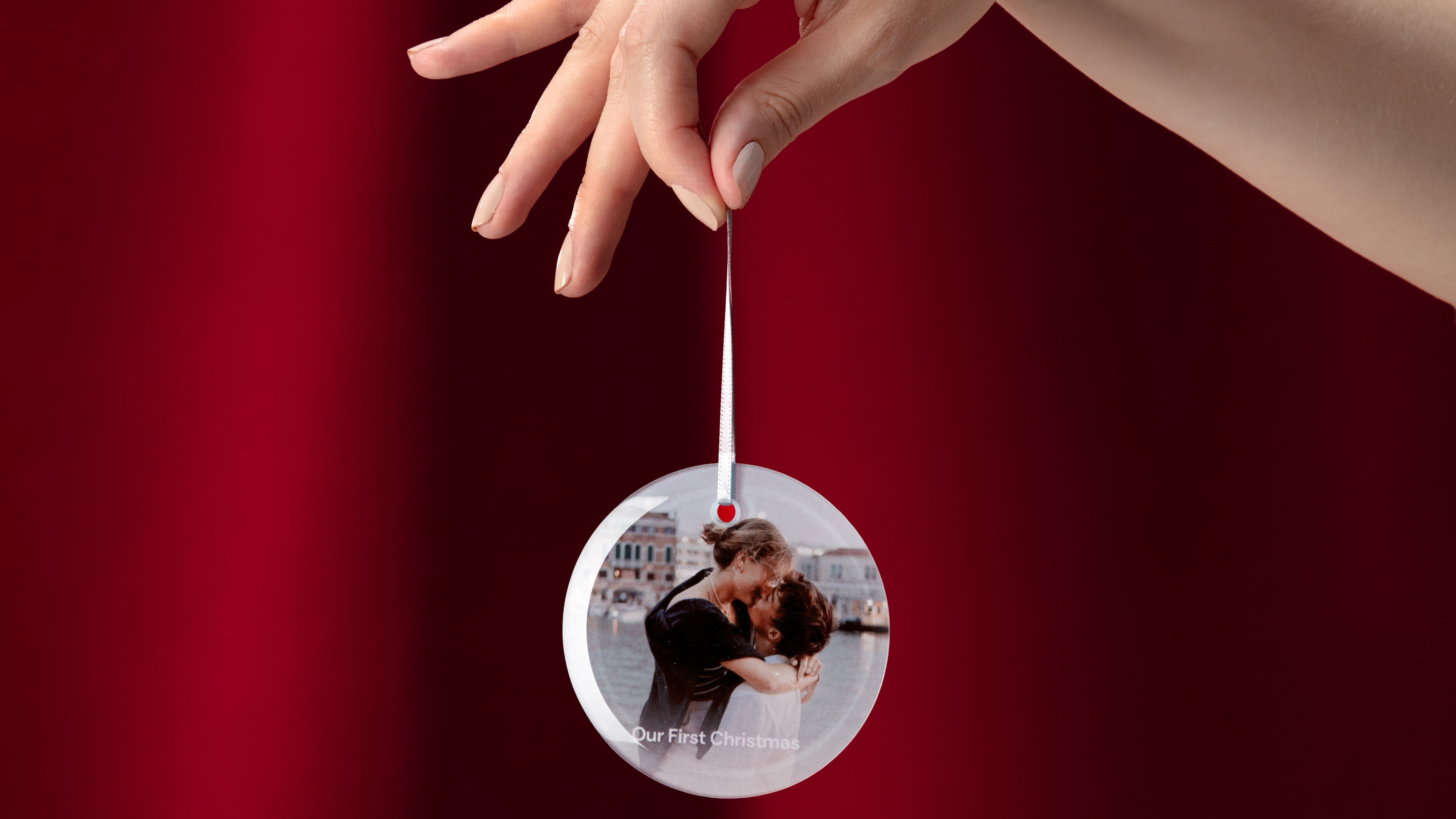Nintendo Switch vs Switch Lite: which should you buy?
Can't decide between the Nintendo Switch or the Switch Lite model? Here are the key differences to help you choose.

Choosing between the Nintendo Switch or the Nintendo Switch Lite is actually a pretty easy task. Both are excellent handheld game consoles, but there are one or two major differences that set these models apart, and will warrant some research before you buy. These key differences will probably be the deciding factors that sway you one way or the other, and we're here to help you choose the Nintendo Switch best suited to you. Not interested in a Switch console? Check out our roundup of the best next-gen games consoles instead.
So what are the main differences between the Switch Vs the Switch Lite consoles? The original Nintendo Switch console (first released in 2017) has detachable Joy-Cons, meaning that you essentially get two controllers for the price of one, which is great if you're a gamer who likes to play couch co-op with a friend or sibling. You can also place your Switch console into a dock, and comfortably play on a bigger screen, or in tabletop mode. It has a bit of a retro console vibe to it too, adopting the hybrid elements of both a handheld console like a GameBoy, with the big-screen fun of a TV arcade console like the old-school Ataris.
In comparison, the Nintendo Switch Lite model (released in 2019) is a solid, smaller unit that can only be played in hand-held mode, and can't be connected to the TV using a Nintendo Switch dock. The Switch Lite doesn't have detachable controllers either, but there are some benefits of owning a Lite model over the original, including its travel-friendly form factor. There are very few games that aren't playable on the Switch Lite too, so you don't need to worry about missing out on any of the best Nintendo Switch games.
Those are the basics – but there are a few more things you should know before owning either the Nintendo Switch or Switch Lite consoles, and we'll dive into these throughout each of the sections below. So stick with us. We also have a handy detailed breakdown of the Nintendo Switch VS the Switch OLED model if that's another console you're considering.
Nintendo Switch vs Switch Lite: design

The Nintendo Switch and Switch Lite consoles look pretty distinct from each other. First off, the Switch Lite sports an all-in-one design with an all-over paint job and consistent colour scheme across the whole device, whereas the original Nintendo Switch will often (but not always) have its two Joy-Cons in bold contrasting colours on either side of the display screen.
The Switch Lite is also notably smaller and, appropriately, lighter than the original Nintendo Switch model, measuring 3.6 x 8.2 x 0.55 inches (91.1 x 208 x 13.9mm) and weighing just 9.76 ounces (275g) according to Nintendo's specs. The standard Switch is 4 x 9.4 x 0.55 inches (102 x 239 x 13.9mm) and 14.08 ounces (398g), with the Joy-Cons attached.
The two versions have slightly different designs on the back too, with the Switch Lite lacking any kind of kickstand or support (since it can't be played hands-free), and the original Switch having a slightly flimsy yet still useful kickstand which also houses the SD card slot.
Daily design news, reviews, how-tos and more, as picked by the editors.
Nintendo Switch vs Switch Lite: display

The size difference between the two consoles applies to the screen too. The Switch Lite sports a 5.5-inch display, whereas the normal Switch has a 6.2-inch one. The two panels share the same underlying LCD technology and 1280 x 720 resolution, and these are both touch screens too, which isn't a major feature in most Switch games but does make navigating the home menu a bit easier.
In terms of how this affects gameplay, the Switch Lite's smaller screen can make some game visuals feel more compressed and hard to read, but this isn't a major issue for the most part.
Nintendo Switch vs Switch Lite: battery life

The battery life of the Switch and Switch Lite vary significantly, and that's made more complicated by the two versions of the base Switch having different battery longevity also.
The Switch Lite is the most straightforward of the two. It will last you between three and seven hours depending on what you're doing according to Nintendo's official estimates.
The first Nintendo Switch, the one from 2017, can survive between two and a half to 6 and a half hours. The revised Switch, available since 2019 and packaged in a different, all-red box, lasts a more impressive four and a half to nine hours away from the charger. So the Lite model just beats the original Switch, but can't match up to the newer one.
Nintendo Switch vs Switch Lite: Compatibility

Out of the two consoles, only the base Nintendo Switch model works in both handheld as well as through a separate TV or display using the provided Nintendo official dock and an HDMI cable. The Switch Lite works exclusively in handheld mode only.
The standard Switch dock provides a convenient charging stand for the Switch, but also lets you plug in an extra USB-A accessory or charging cable that you wouldn't otherwise be able to do. It's also through here that you attach the HDMI cable from your screen of choice.
The dock comes in the Switch's box as standard. However, you can also buy the new Switch OLED dock as a separate accessory. It works with the original Switch and does all the same things as before, but adds a built-in ethernet port to allow for a more stable internet connection.
Nintendo Switch vs Switch Lite: Controllers

Both the Switch and the Switch Lite offer the same basic controller layout with two analogue sticks, four d-pad buttons, four letter buttons, four shoulder buttons, a home button, a share button and Plus and Minus buttons for various menu options. The only slight difference is that the original Switch uses four separate buttons for the directional inputs on the left controller, while the Switch Lite has an all-in-one d-pad.
One of the biggest differences in these consoles is whether these controls are removable or not. On the original Switch, the controllers are split across two removable Joy-Cons. These slot in onto either side of the display when you want to play in handheld mode, or can be removed when the Switch is docked. The two halves can also be used as two separate controllers for certain games, allowing instant multiplayer capabilities out of the box. You can always buy more pairs of Joy-Cons or third-party Bluetooth controllers to give you different or additional inputs.
As we've mentioned prior, you can't remove the controls from the Switch Lite: the all-in-one design doesn't allow for it. However, there's nothing stopping you from picking up extra Joy-Cons or third-party controllers to expand the number of players you can have at one time like with the standard Switch.
Nintendo Switch vs Switch Lite: Games

Both the Switch models we're looking at take the same Game Card physical media for games, but you also have 32GB storage on-board for downloading titles. The same games, including Nintendo all-star franchises like Mario, Legend of Zelda, Metroid and more, work with any Switch. However there's a small thing to look out for if you're using a Switch Lite.
Since it's a handheld-only console, the Switch Lite can't support games that require the use of TV mode, and requires separate controllers if you want to play in tabletop mode. Games that only work in these ways are pretty rare fortunately, but it's worth checking a game's details on the store page or the back of the box before you buy just in case.
If you need some ideas of what to play, make sure to check out our best Nintendo Switch games recommendations.
Nintendo Switch vs Switch Lite: Price

Nintendo consoles hold their value extremely well, which is both a good and bad thing. It means that you'll struggle to find any decent Nintendo Switch deals outside of seasonal sales periods like Amazon Prime Day and Black Friday, but it also means that if you ever want to sell or trade in your console then you won't be out of pocket by very much.
You can pick up the standard Nintendo Switch for around $299 / £259, which is a fair bit less than other current next-gen consoles, especially considering that you get two controllers and a dock thrown in for that price. Some retailers still offer bundle deals on the Nintendo Switch with a game or two thrown in for free, so it's worth keeping an eye out for these.
As for the Nintendo Switch Lite, this typically costs $199 / £199 (which is around $100/£100 cheaper than the larger Switch consoles) making it the better budget choice. We rarely see any deals or price cuts on this model either, but it's still worth keeping tabs on our best Switch Lite deals roundup to check there's no bargains to be had.
While the Nintendo Switch Lite is the cheaper choice, you do lose a fair bit of functionality for the discount, even if you can still play all of the same games as the Nintendo Switch console.
Should you buy the Nintendo Switch or the Nintendo Switch Lite?
Chances are you know instinctively which Switch will work best for your needs, as it all comes down to where you picture yourself wanting to play games on it the most.
If you want a handheld console that's more convenient to carry around, the Switch Lite is likely the one for you. That is unless its smaller battery life or inability to connect to a TV at all concerns you, in which case you may be better off going for the normal Switch.
The regular Switch excels at being ready for any gaming situation, whether you're at home or away, playing alone or with another person. The slightly larger display means you can better appreciate the games you're playing. You do have to pay another $100 for the privilege though, so if your budget is tight, go for the Lite.

Beth is Creative Bloq’s Ecommerce Writer and has the fun job of finding you the very best prices and deals on creative tech. Beth kicked off her journalistic career writing for Digital Camera World and has since earned bylines on TechRadar and PetsRadar too. With a Master's degree in Photography, Beth loves getting to tinker with new cameras, especially camera phones, as the resident Samsung fan on the team.
